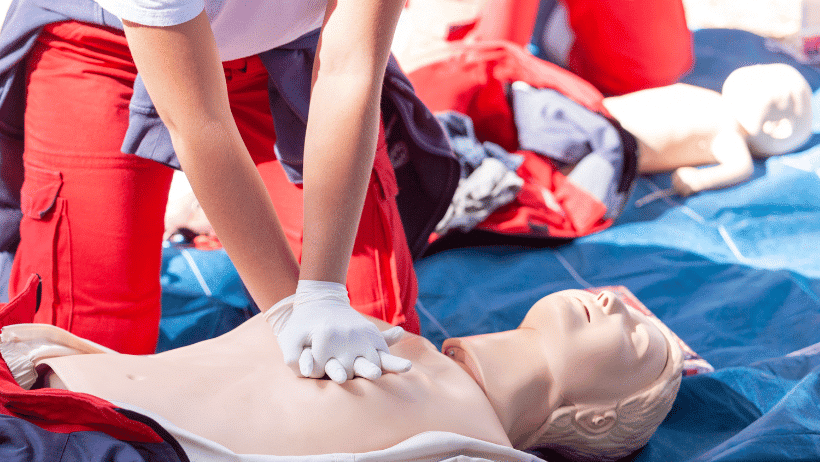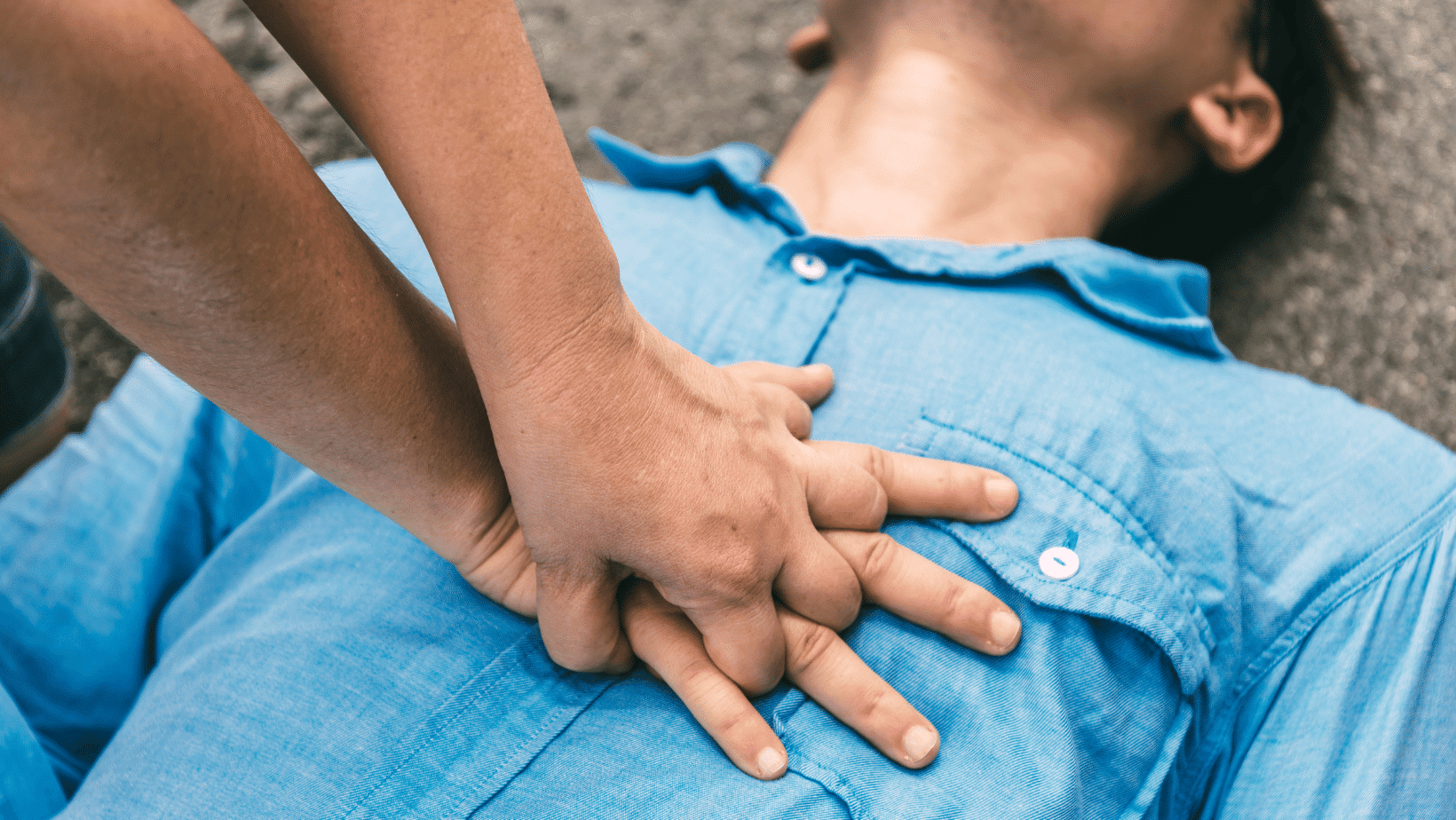Introduction
Cardiopulmonary Resuscitation, commonly known as CPR, is a lifesaving technique that is used during emergencies. It involves chest compressions and artificial ventilation to maintain circulatory flow and oxygenation during cardiac arrest. However, the effectiveness of CPR relies on the understanding of its underlying science. In this article, we delve into the biological mechanisms that make CPR an essential lifesaving procedure.
The Human Heart: A Primer
The human heart, a muscular organ slightly larger than your fist, is responsible for pumping blood throughout the body. This blood carries vital oxygen and nutrients to the cells and removes waste products. However, certain conditions can cause the heart to stop, leading to cardiac arrest. When this happens, immediate intervention is necessary, and that’s where CPR comes in.
Cardiac Arrest: The Silent Threat
Cardiac arrest is the abrupt loss of heart function, breathing, and consciousness. It is often triggered by an electrical disturbance in the heart that disrupts its pumping action, stopping blood flow to the rest of the body. Cardiac arrest is a dire medical emergency and if not treated immediately, it leads to death within minutes.
The Role of CPR in Cardiac Arrest
CPR is a combination of chest compressions and rescue breaths that keep oxygenated blood circulating until further measures are taken to restore spontaneous blood circulation and breathing in a person who is in cardiac arrest. It’s a crucial step in the chain of survival. The sooner it’s started, the better the outcome.
The Science Behind Chest Compressions
During CPR, chest compressions manually pump the heart, pushing blood out to the body. When you release the pressure, the heart fills with blood again. The goal is to maintain a constant supply of oxygenated blood to the brain and other vital organs. The depth and speed of these compressions are critical. Too shallow or too slow, and you won’t pump enough blood. Too fast or too deep, and you can cause injury.
The Importance of Rescue Breaths
Rescue breaths during CPR provide oxygen to the lungs. When you breathe into a victim’s mouth, the air travels down their trachea and into their lungs. From there, oxygen diffuses across the thin walls of the alveoli and into the bloodstream, where it’s carried to the body’s cells.
The Chain of Survival
CPR is part of a series of actions, known as the ‘chain of survival‘, that increase the chance of surviving cardiac arrest. The chain includes recognizing cardiac arrest and calling for help, early CPR, rapid defibrillation, effective advanced life support, and integrated post-cardiac arrest care.
The Impact of CPR Training
Numerous studies have shown that CPR training increases bystander CPR and survival rates. It empowers people with the skills and confidence necessary to act in an emergency. Furthermore, it promotes understanding of the science behind the technique, facilitating more effective delivery of CPR.
Conclusion
Cardiopulmonary Resuscitation is not just about the physical act of pushing hard and fast on the chest or giving rescue breaths. It’s a science, based on how the human body works. Understanding this science is crucial to performing effective CPR, which can undoubtedly save a life.





